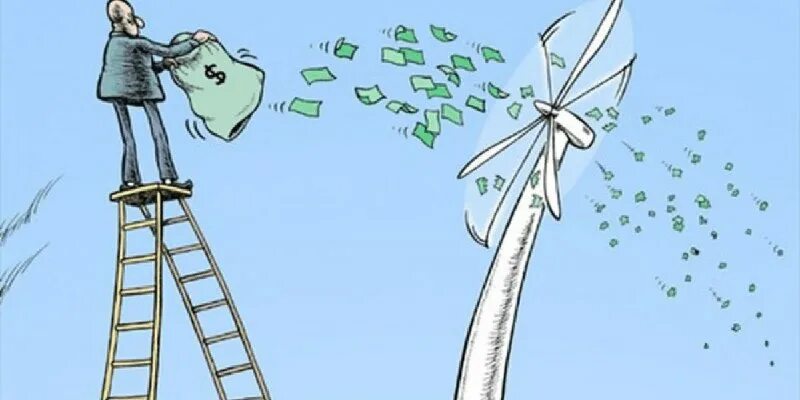The popularity of environmental technologies and renewable energy sources has led to increased investor interest in 'green' projects. However, alongside legitimate initiatives in the field of sustainable development, investment fraudsters have also become active. Scams in eco-projects are becoming more common, and many investors face financial losses. Understanding how fraud in 'green' energy investments works will help with a detailed analysis of fraudulent schemes and methods of protection against them.
How Fraudulent Schemes in 'Green' Energy Work
Fraudsters attract investors' attention by using current topics and promising high returns. The most common schemes include:
- Fictitious companies. Organizers create fake firms, claiming the development of unique environmental technologies or the construction of large renewable energy facilities. They collect investments and then disappear.
- Pseudo-ICO and crowdfunding. Some fraudsters offer to invest in the issuance of 'environmental' cryptocurrencies or fund sustainable projects through collective investment platforms.
- Financial pyramid networks. Investment fraud can be based on a scheme where profit is paid out from new investors. Such projects do not last long and eventually collapse.
- Selling shares of non-existent companies. Investors are offered to buy stakes in companies allegedly engaged in developing 'green' technologies. In fact, these companies do not exist in official registers.
- Fake grants and subsidies. Some fraudsters claim their project has received government support and use this as an argument to attract funds.

Signs of Investment Fraud in Eco-Projects
Scams in eco-projects can be exposed by a number of characteristic signs:
- Lack of clear information about the company. Legitimate enterprises disclose data about their registration, team, completed projects, and sources of funding.
- Guaranteed super-profits. High-return investment offers without financial risks are a clear sign of fraud.
- Aggressive marketing. Intrusive offers, promises of urgent capital growth, and pressure on potential investors indicate deception.
- Complex financing schemes. If money is requested to be transferred through anonymous payment systems or cryptocurrency, this may indicate a fraudulent scheme.
- Lack of real assets. Legitimate projects have physical objects, technologies, and partners. Fake firms cannot confirm their activities.

How to Protect Yourself from Fraud When Investing in 'Green' Energy
To avoid falling into the trap of investment fraudsters, you should follow a few simple rules:
- Verify the legal status of the company. Reliable firms are registered in official registers, have licenses, and transparent reporting.
- Study reviews and reputation. Searching for information about the project, checking mentions in independent sources, and analyzing reviews will help identify dubious offers.
- Beware of anonymous schemes. If investors are offered to invest without an official contract or registration, the likelihood of fraud is extremely high.
- Demand documentation. Legitimate projects provide reports, business plans, and information about partners.
- Do not trust 'word of mouth' offers. Fraudsters often act through trusted contacts, using the 'word of mouth' effect.

What to Do If Money Has Already Been Invested in a Dubious Project
If an investor discovers that they have become a victim of a scam in eco-projects, they should:
- Contact law enforcement. The sooner a report is filed, the higher the chance of identifying the fraudsters.
- Demand a refund. If the transfer was made through the banking system, you can try to arrange a chargeback.
- Contact regulatory organizations. Financial regulators and anti-fraud services can help investigate the incident.
- Warn other investors. Publishing information about the fraudulent project will help reduce the number of new victims.

Conclusion
Fraud with investments in 'green' energy is on the rise. Fraudsters use attractive environmental themes, promising high incomes and government support. Investment fraudsters disguise themselves as real companies, create fake projects, and attract funds through pyramid schemes. Investment fraud can be recognized by several signs: lack of transparency, excessively high profit promises, and complex financing schemes.
To avoid financial losses, it is necessary to thoroughly check projects, analyze legal information, study reviews, and not invest in dubious enterprises. Financial caution and a competent approach to investments are the main ways to protect against fraud in the 'green' energy sector.
